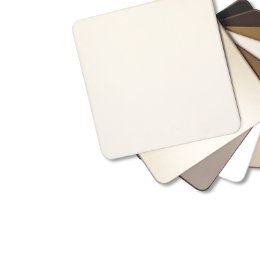Signage in Evolution

The purpose of exterior signage has always been advertising communication. Over hundreds of years of human history that fact has never changed, yet the means by which that message is communicated and the substrate used has.
Some of the most intriguing examples of vintage signage come from the early to mid-20th century. Originally made of porcelain enamel, galvanized steel and other heavy metals, vintage signage often featured neon lighting, was quite heavy, and overly susceptible to UV exposure.
Soon after, vinyl became the most common printing substrate replacing traditional paint. Although inks, labor, and fabrication were expensive for the longevity of the product, it allowed graphics to be changed while keeping the original backing substrate.
Today, there are two emerging trends in the signage industry, direct print and digital. The digital signage movement is correlated with emerging technologies. The use of LED display technology/digital signage is much less about aesthetics and much more about creating an efficient advertising message.

In recent years, the use of lightweight metals is common practice with the ability of direct printing (DP). DP technology utilizes flatbed printing systems versus traditional roll systems used in vinyl signage. The benefits of direct print are higher quality inks, high-resolution imagery, weather resistance, and low labor costs.


Vintage signage is the most closely related to establishing and maintaining brand identity, often becoming the initial focal point of corporate exterior design. Direct printing technology has the ability to recreate the look of vintage signage while creating a longer lasting and more reliable end product.
vintage sign photos © Marc Shur






